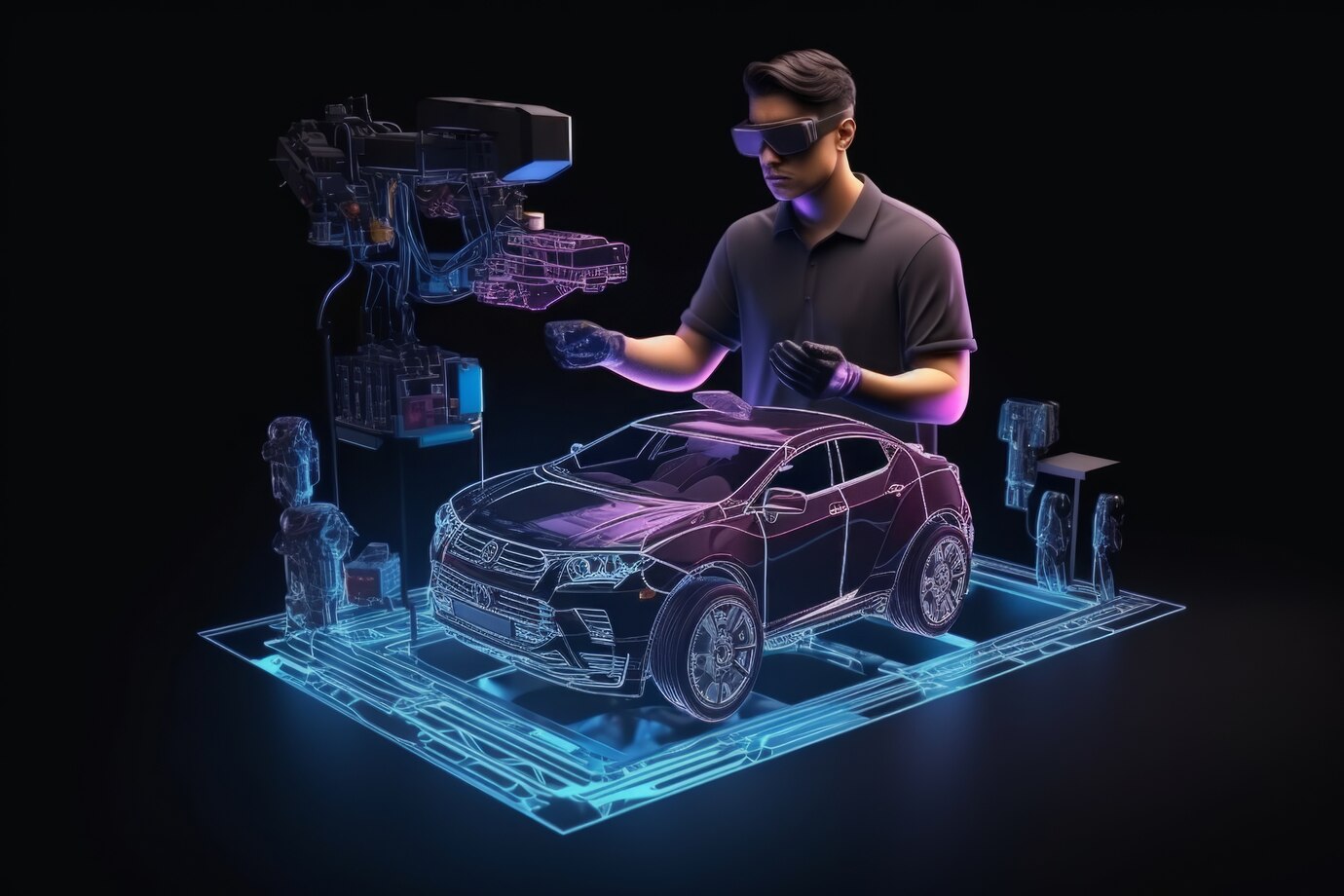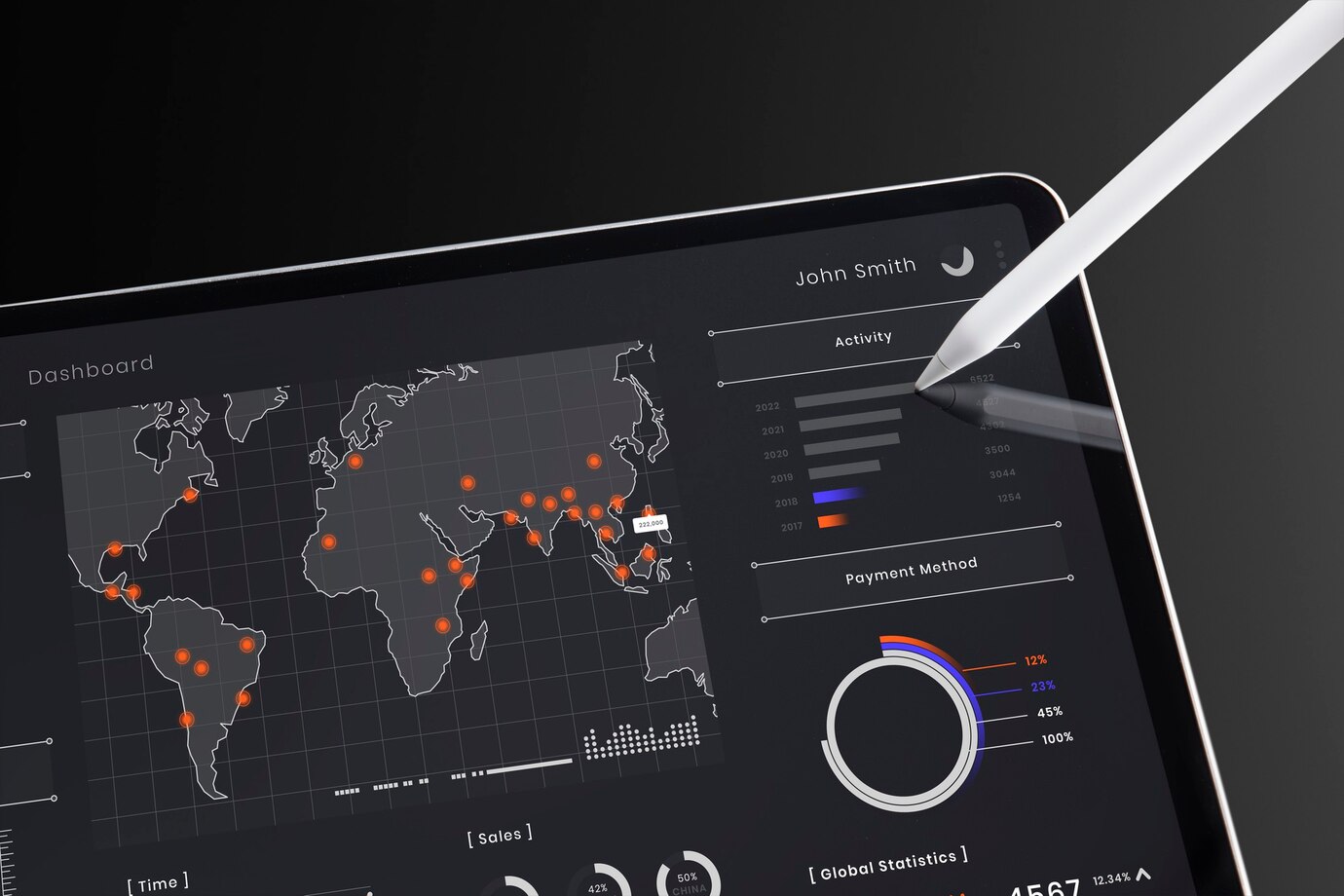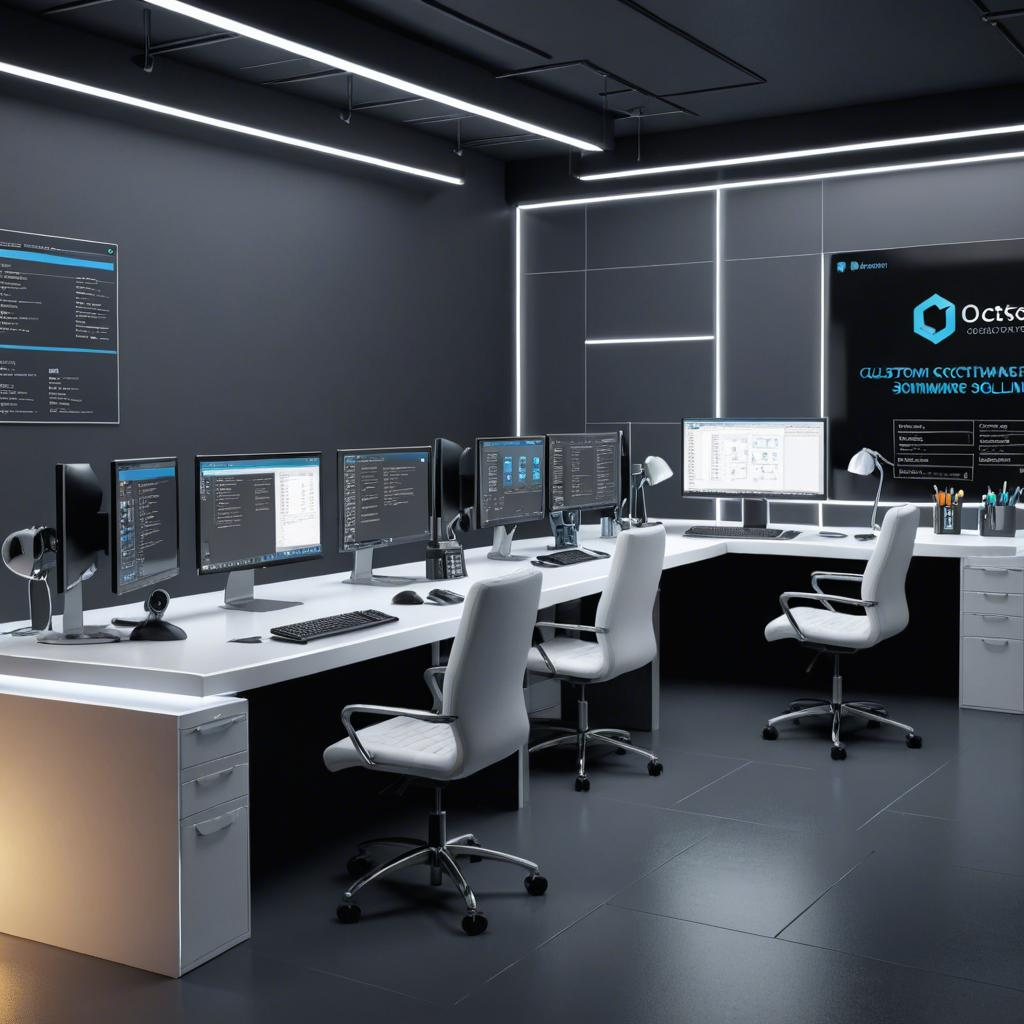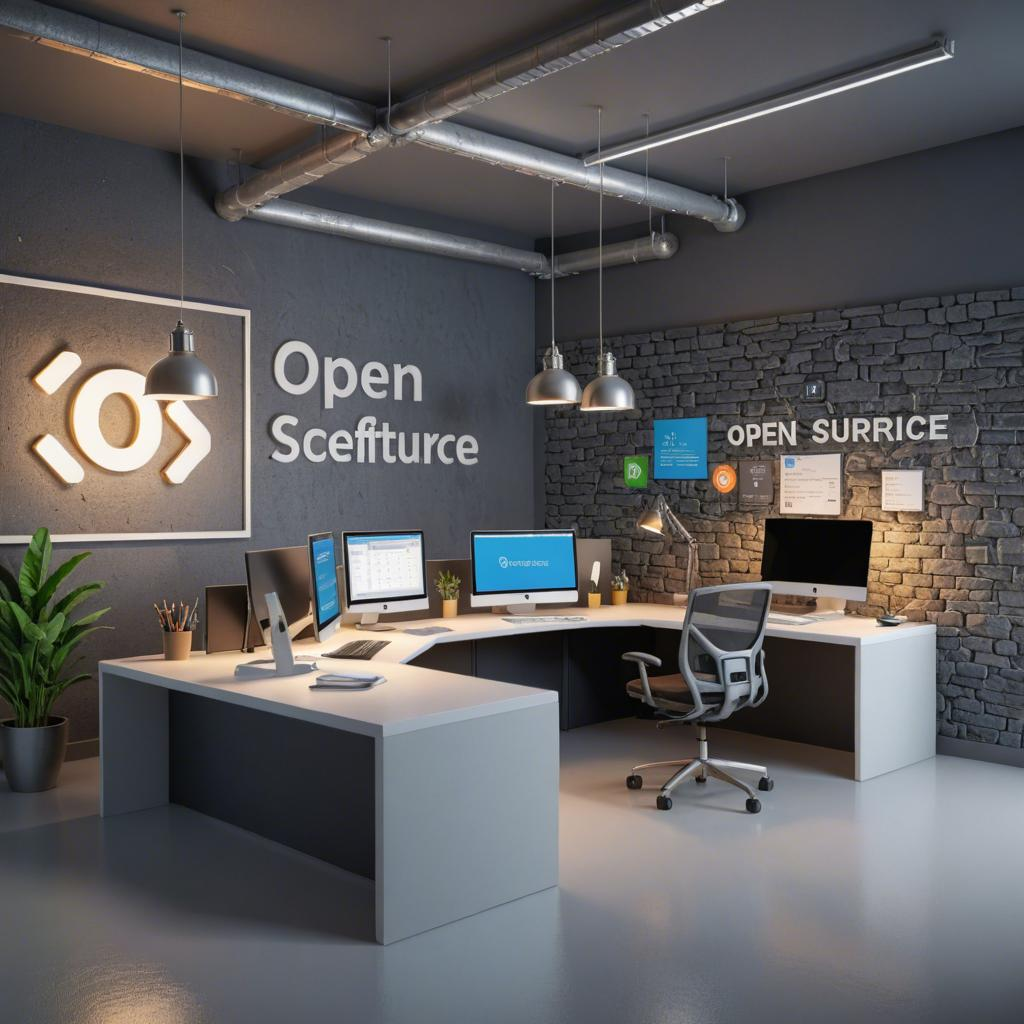How to Build a mobile app for the Automotive Industry
The automotive industry is undergoing a digital transformation, driven by advancements in technology and shifting consumer expectations. In this evolving landscape, mobile applications have become an indispensable tool for enhancing customer experiences, streamlining operations, and fostering brand loyalty. For Mobile App Developers looking to create impactful solutions tailored to the automotive sector, understanding the industry's unique needs and challenges is crucial. This guide explores the essential steps to building a successful mobile app for the automotive industry.
Understanding the Automotive Industry’s Needs

Before diving into app development, Mobile App Developers must thoroughly analyze the specific needs of the automotive industry. This sector encompasses a broad range of stakeholders, including manufacturers, dealerships, service centers, and end consumers. Each of these groups has distinct requirements. For instance, manufacturers might prioritize apps for vehicle diagnostics and fleet management, while consumers may seek user-friendly applications for car-sharing, navigation, or vehicle maintenance tracking. Conducting comprehensive market research can help identify the pain points and opportunities within the industry, ensuring the app delivers tangible value.
Defining the Core Features

Once the needs are identified, the next step is to define the core features of the app. Mobile App Developers should focus on creating functionalities that address the key challenges of the target audience. For example, an app designed for car owners could include features such as:
1. Real-time vehicle diagnostics and maintenance alerts.
2. Integration with navigation systems for enhanced route planning.
3. Remote control capabilities, such as locking/unlocking or starting the vehicle.
4. Personalized recommendations for nearby service stations or fuel pumps.
For apps catering to dealerships or service centers, features like inventory management, appointment scheduling, and customer relationship management tools may be essential. Clearly outlining these features early in the development process ensures that the app aligns with its intended purpose.
Choosing the Right Technology Stack

The choice of technology stack is a critical decision for Mobile App Developers. An automotive app must be reliable, scalable, and compatible with various devices and operating systems. Developers should consider frameworks like Flutter or React Native for cross-platform compatibility, enabling the app to function seamlessly on both iOS and Android devices. Additionally, integrating technologies such as cloud computing and IoT can enhance the app’s functionality. For example, IoT-enabled apps can provide real-time updates on vehicle performance, while cloud-based solutions can ensure data security and scalability.
Designing a User-Centric Interface

User experience (UX) is a cornerstone of successful mobile apps. In the automotive industry, where safety and convenience are paramount, a user-centric design can significantly impact an app’s adoption and success. Mobile App Developers should focus on creating intuitive interfaces that are easy to navigate, even for users with minimal technical expertise. Features such as voice commands, large touch targets, and streamlined menus can enhance usability. Moreover, the app’s design should reflect the brand identity of the automotive company, incorporating consistent color schemes, logos, and typography.
Integrating Advanced Features

To stay competitive, Mobile App Developers should explore the integration of advanced features that leverage emerging technologies. Artificial intelligence (AI) and machine learning (ML) can be used to offer personalized recommendations, such as suggesting maintenance schedules based on driving patterns. Augmented reality (AR) can provide interactive user manuals or assist with virtual vehicle tours. Blockchain technology, meanwhile, can enhance data security and enable transparent transactions for services like vehicle leasing or ownership transfers. By incorporating such cutting-edge technologies, developers can create apps that stand out in a crowded market.
Ensuring Compliance and Security

Data privacy and security are paramount in the automotive industry, especially as apps often handle sensitive information such as user locations, payment details, and vehicle diagnostics. Mobile App Developers must ensure compliance with relevant regulations, such as the General Data Protection Regulation (GDPR) in Europe or the California Consumer Privacy Act (CCPA) in the United States. Implementing robust encryption protocols, secure authentication methods, and regular security audits can protect user data and build trust.
Testing and Iteration

Rigorous testing is a non-negotiable step in the app development process. Mobile App Developers should conduct comprehensive testing to identify and resolve bugs, ensure compatibility across devices, and evaluate the app’s performance under various conditions. User feedback during beta testing can provide valuable insights for refining the app’s features and usability. Iterative development, where the app is continuously improved based on user input, can lead to a more polished and user-friendly product.
Launching and Marketing the App

A successful app launch requires a well-planned marketing strategy. Mobile App Developers should collaborate with automotive companies to promote the app through their existing channels, such as websites, social media platforms, and email newsletters. Offering introductory discounts or exclusive features for early adopters can generate buzz and encourage downloads. Additionally, optimizing the app’s listing on app stores with relevant keywords, engaging descriptions, and appealing visuals can boost its visibility.
Post-Launch Support and Updates

The journey doesn’t end with the app’s launch. Regular updates are essential to keep the app relevant and address any emerging issues. Mobile App Developers should monitor user feedback, track app performance metrics, and stay abreast of technological advancements to ensure the app continues to meet the needs of its users. Providing responsive customer support can further enhance user satisfaction and loyalty.
Conclusion

Building a mobile app for the automotive industry is a multifaceted process that demands a deep understanding of the sector’s unique challenges and opportunities. By focusing on user-centric design, leveraging advanced technologies, and ensuring robust security, Mobile App Developers can create applications that drive innovation and value in the automotive space. As the industry continues to evolve, the role of mobile apps will only grow, offering developers an exciting opportunity to shape the future of mobility.






